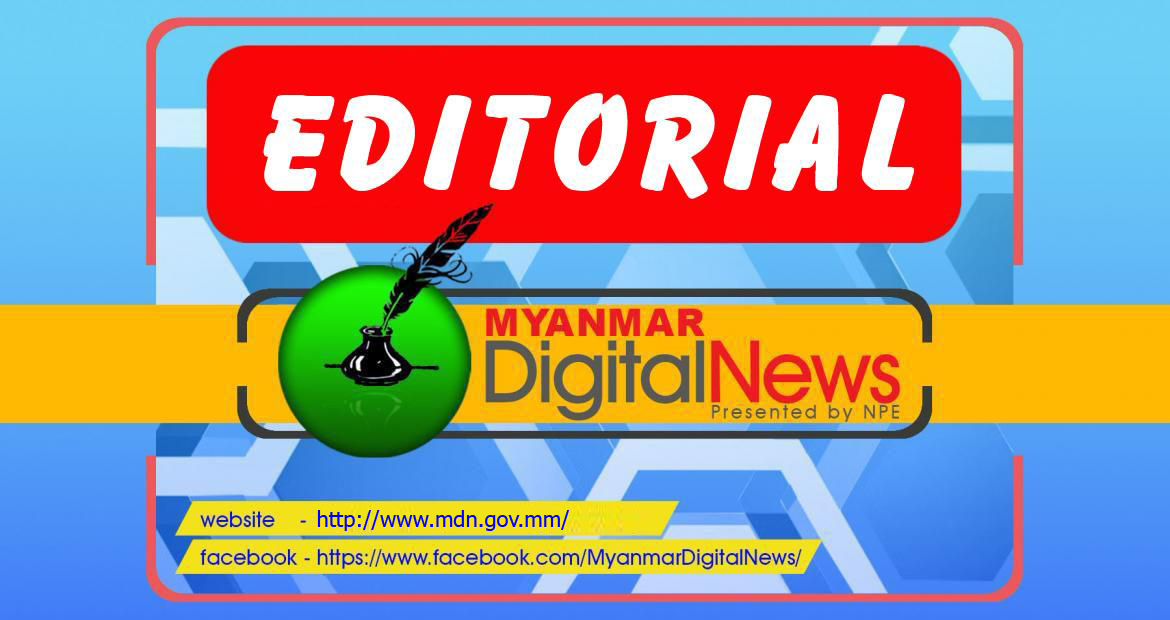June 09, 2020
With the monsoon season arriving, regional authorities are carrying out disaster preparedness, expecting that disasters during the monsoon season and COVID-19 period will exacerbate the situation for many vulnerable communities in our country.
Monsoon rain brings flooding and landslides to our country. The people in flood-prone areas are evacuated to shelters set up at local monasteries and schools in high-land areas every year. Nearly 60 people died in the landslide in Paung, Mon State, in August last year.
Therefore, the monsoon season is an extremely difficult time for our community and it will be very challenging to respond to disasters including floods and safely evacuate people.
When it comes to responding to disasters, situations in which safety and security in respective sectors should be included for consideration to ensure physical distancing.
Regarding the disaster preparedness in coming months, it is worth noting that the Taninthayi Region Government announced yesterday that nine committees have already been formed under the government to quickly respond to disasters.
Besides, the government has advised the township and district administrative bodies to remove the houses built in the possible landslide areas before they see loss of life and property as the region receives torrential rain every year.
Meanwhile, other regions and states governments are also conducting preparedness in anticipation of disasters including floods and landslides in the coming months.
Current flood response practices, such as seeking higher ground or retreating to flood shelters, are effective for saving lives from floods, but will result in physical crowding and could increase the spread of COVID-19. Congregating in confined spaces is the exact opposite of behaviors we are encouraged to adopt to slow the spread of the disease.
As the flood season arrives, practitioners should think through now how to minimize the risk of spreading the virus while also keeping people safe from floods.
Key to this will be ensuring that other means to limit the spread of infection are available where physical distancing isn’t feasible, and that public health messages align with World Health Organization (WHO) guidelines.
Planning how to craft and disseminate warnings in the midst of the current disaster-pandemic situation is a critical step that communities and local governments need to take now to reduce risk, minimize impacts, and optimize outcomes.
There will also, inevitably, be natural hazards and disaster events in the coming months.
Local governments and communities are highly advised to draw from the world’s Disaster Risks Reduction and apply the tenets of effective early warning and early action to this challenge.


